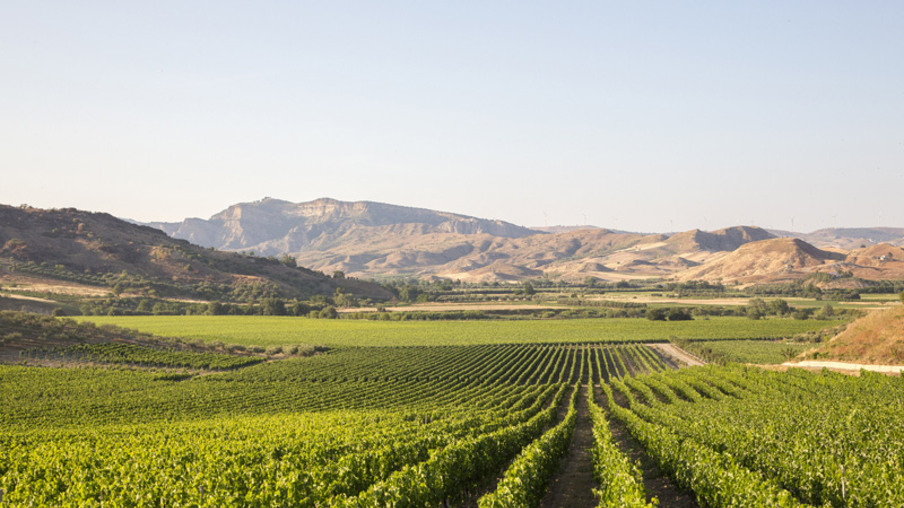
The Confederation of Agriculture and Livestock of Brazil (CNA) estimates growth of 3% for the Gross Domestic Product (GDP) of Agribusiness in 2021 and 4.2% for the Gross Value of Agricultural Production (VBP, annual frequency index, calculated based on municipal agricultural production and prices received by producers). According to CNA, 102,900 jobs were generated in the sector, which is expected to close 2020 with growth of 9% in GDP and 17.4% in the VBP.
The entity, which presented on Tuesday (1st), in virtual environment, balance sheet and sector perspective for 2020 and 2021, the forecast is “balance of supply and demand with a higher production for most foods in 2021”. From the point of view of supply, CNA says that among the factors that can influence the pace of production in the coming months are the intensity of La Niña (which can especially affect the Southern Region of Brazil), the investments made this year in production and the relationship between exchange rate and production costs, which are expected to rise in 2021 because of inferanos such as fertilizers quoted in dollars.
The price of corn, which is used as a feed for much of the Brazilian cattle, can also influence the domestic supply of Brazilian production. “On the other, demand will depend on the growth of the Brazilian and global economy and the return of social normality with the reopening of bars and restaurants around the world,” the organization adds. In the evaluation of THE, the increase in the cost of production, especially that related to infers such as fertilizers, herbicides and feed, contributed to the increase in the price of food. “In addition, the rise in international food prices, which was 10.9% from May to October, according to data from the United Nations Food and Agriculture Organization (FAO), and the devaluation of the exchange rate (46.5%) also favored price increases in Brazil.”
Pandemic
The pandemic of the new coronavirus resulted in a “very chaotic scenario,” said CNA Technical Superintendent Bruno Lucchi. It allowed, however, that CNA implement a series of measures to support the producer – some with the collaboration of the federal government – to maintain food production as an essential activity, create new marketing channels aimed at maintaining income and reducing costs for the producer, and ensuring the logistics flow of supply throughout the country. “Brazilian agriculture is a mosaic of products. Each of them has its importance in the social field, in the field of jobs and in the maintenance of the economy of the interior. [In this sense,] we have seen that well-founded public policies have ensured food security this year,” Lucchi said, referring to measures such as emergency aid that, according to the CNA, “enabled the recovery of domestic demand and sustained the purchasing power of the most vulnerable, such as the formal workers, ensuring with which they had access to food even with a significant loss of income.”
External Market
The Superintendent of International Relations of CNA, Lígia Dutra, said that the prospects in the external scenario are growth. “We have to explore our partnerships well and invest in the small and medium-sized producers to pursue the international market.” As of October this year, Brazilian exports totaled US$ 85.5 billion, which is equivalent to a growth of 5.7% compared to 2019. The top five destinations were China, the European Union, the United States, Japan and South Korea. Together, these countries accounted for 63% of Brazilian agro exports in 2020.
In 2020, exports to China (19.4%), Indonesia (53.6%), Thailand (43.9%), Turkey (41.8%) increased and Venezuela (190.3%). Some products have been highlighted in the Asian market – the case of beeswax (South Korea), peanuts in grain (Vietnam), black pepper (Bangladesh) and gelatins (India). Brazilian agribusiness has managed to open the market for 100 products in 30 different countries, especially Guatemala (apples), Morocco (poultry genetic material), Egypt (poultry meat and beans), Qatar (bovine genetic material), India (sesame), South Korea (shrimp), Thailand (beef and dairy) and Australia (cheese). China “Today China is the main consumer market out there, but we are working on other countries, such as Indonesia and the Arab countries, which are major consumers of our products,” said CNA President João Martins.
According to CNA, in addition to being one of the main soybean producers in grains (due to the re composition of its herds), China should open more market for Brazilian melon. The Asian country must also maintain demand for beef and increase the purchase of Brazilian pork and chicken by 5% and 3%, respectively. For João Martins, in relations with other countries, it is important to have “market with whom it pays best”. “Today, Brazilian agriculture exports to more than 170 countries. We should have neither ideology nor flag,’ he said. Lígia Dutra adds that relations between countries must be “pragmatic”. “China is a priority market for the coming year as well. Geopolitical tensions are not exclusive to Brazil.”
Request a proposal here to exhibit at AveSui 2021












